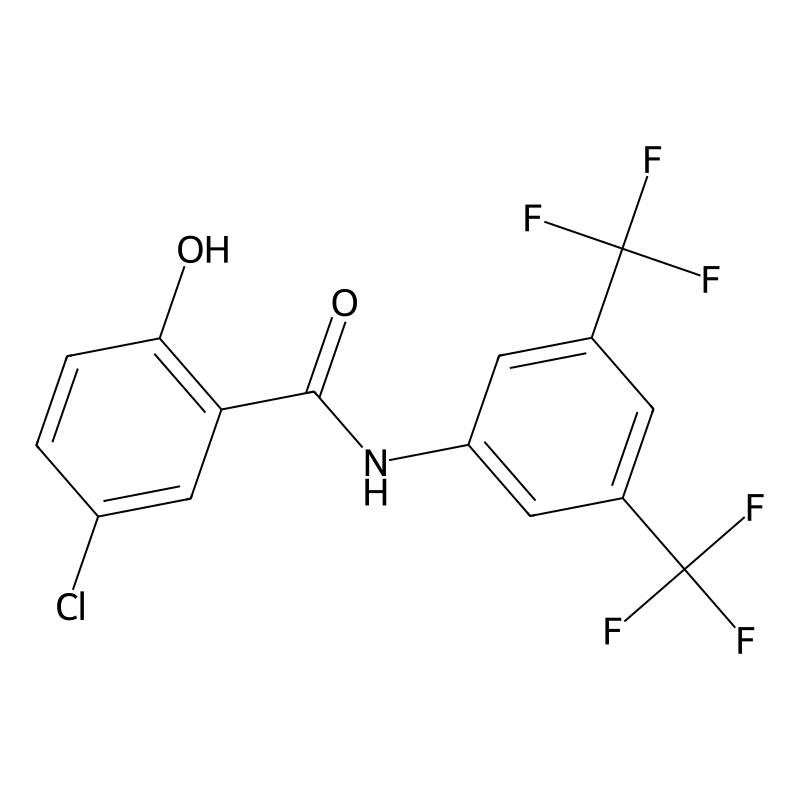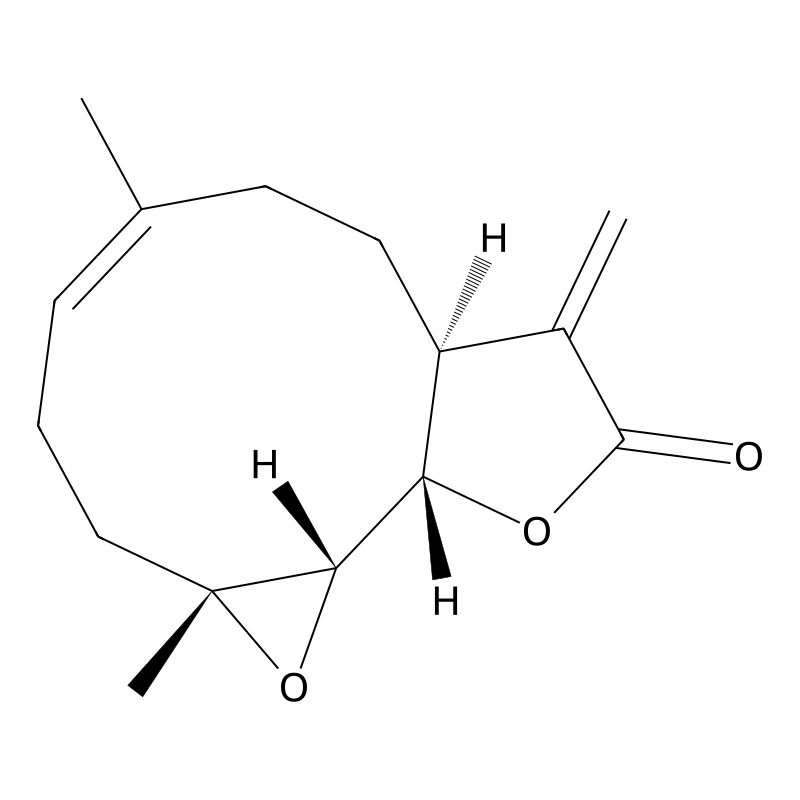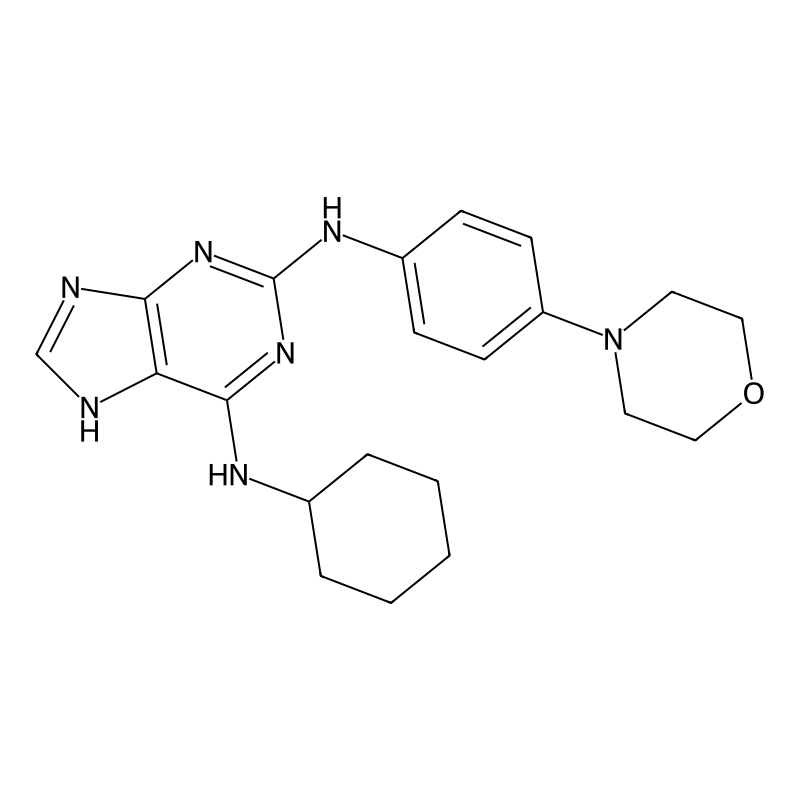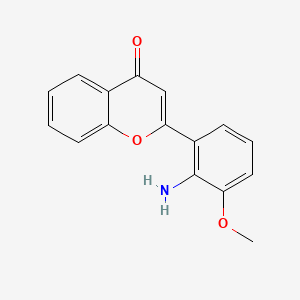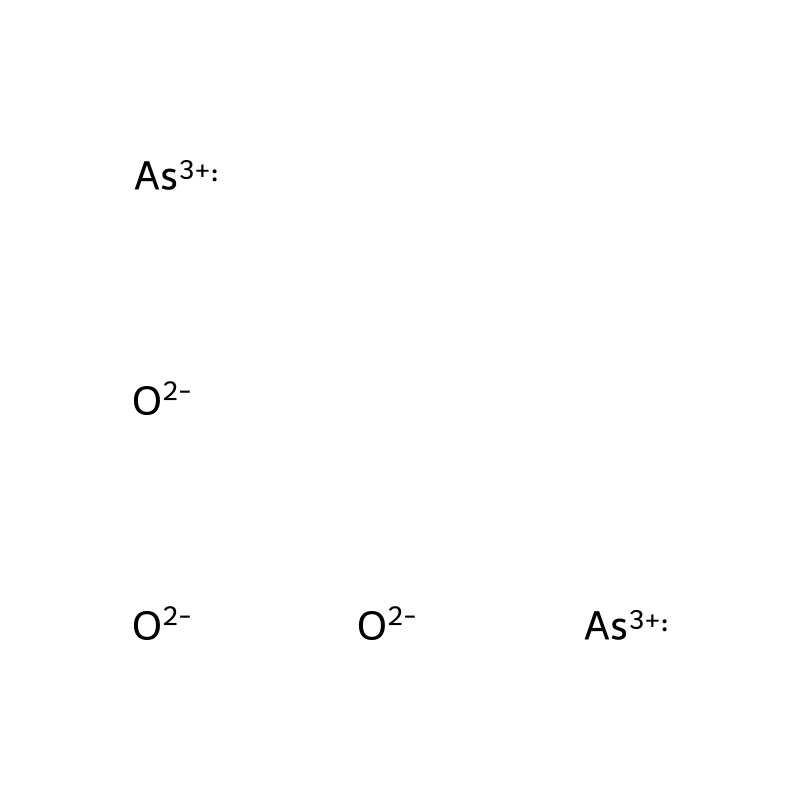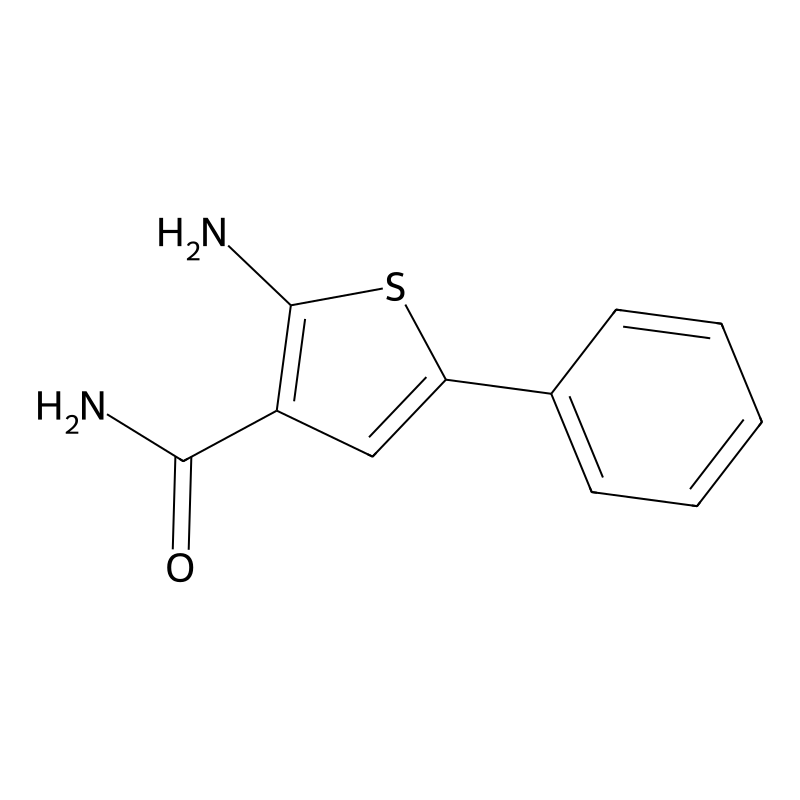AGE/RAGE Pathway
CAS No.:978-62-1
Molecular Formula:C15H8ClF6NO2
Molecular Weight:383.67 g/mol
Availability:
In Stock
CAS No.:20554-84-1
Molecular Formula:C15H20O3
Molecular Weight:248.32 g/mol
Availability:
In Stock
CAS No.:656820-32-5
Molecular Formula:C21H27N7O
Molecular Weight:393.5 g/mol
Availability:
In Stock
CAS No.:167869-21-8
Molecular Formula:C16H13NO3
Molecular Weight:267.28 g/mol
Availability:
In Stock
CAS No.:1327-53-3
Molecular Formula:As2O3
Molecular Weight:197.841 g/mol
Availability:
In Stock
CAS No.:4815-35-4
Molecular Formula:C11H10N2OS
Molecular Weight:218.28 g/mol
Availability:
In Stock
